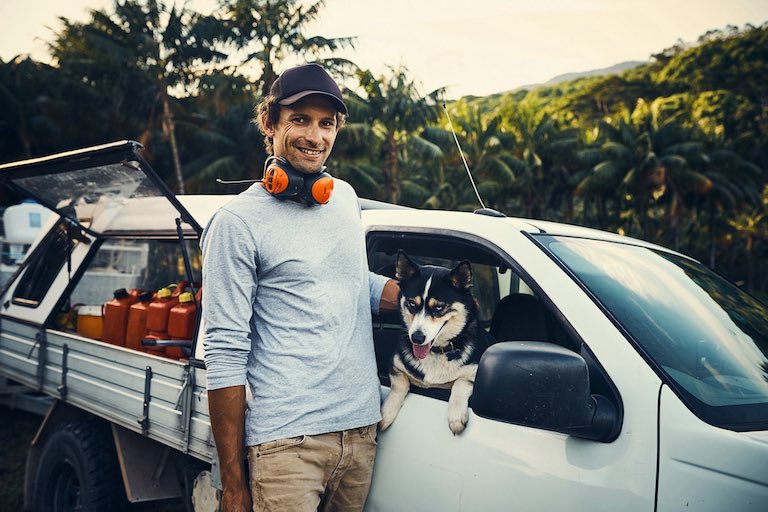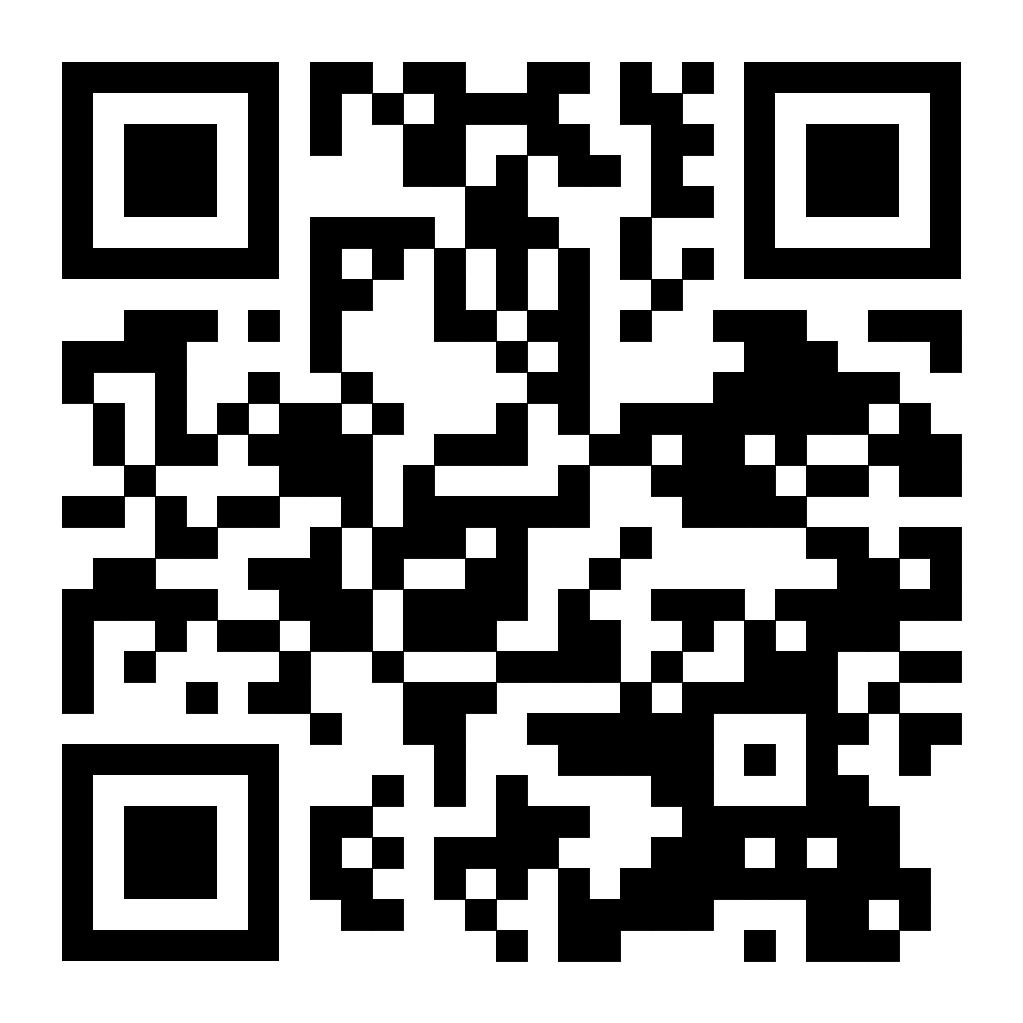




Smarter, safer, pricier new Isuzu D-MAX unveiled
All-new Isuzu D-MAX brings significant safety, tech, power and price hikes, plus a classy new flagship uteIsuzu UTE Australia has officially launched the third-generation 2020 Isuzu D-MAX ute range, which benefits from a major boost in safety and technology but will be accompanied by price increases across the streamlined 20-variant model family.
After a steady drip-feed of information since first details emerged last October, the first all-new Isuzu D-MAX since 2012 also arrives with a new engine, transmission and styling, plus a stronger chassis and suspension package.
And at the pointy end of the new Isuzu D-MAX range, which officially goes on sale on September 1, is a new flagship called the X-Terrain.
More features, new approach
Australia is the first market outside of Thailand to receive the new Isuzu D-MAX and it reaches our shores in a unique specification. The vehicle is the result a six-year development program and the equivalent of four million kilometres of testing, Isuzu says.
A highlight of the 2020 Isuzu D-MAX range is the new Intelligent Driver Assistance System (IDAS) package, which is standard across the range and features numerous cutting-edge safety technologies.
The range also now benefits from electric power steering and, for 4x4 models, a rear differential lock as standard.
As such, this third-generation Isuzu D-MAX marks a step-change for the brand, with Isuzu now abandoning its previous 'low frills' approach in favour of a premium product with which it will target top-selling rivals like the Toyota HiLux and Ford Ranger.

New flagship, higher pricing
The Isuzu D-MAX continues in four trim grades but the previous LS-T flagship has been discontinued. The apex baton now passes to the significantly higher-spec X-Terrain, which Isuzu stresses is an all-new halo model, not simply an LS-T replacement.
The trim grade hierarchy begins with the workhorse SX, before moving through LS-M and LS-U and then topping out with X-Terrain.
The previous entry-level 4x2 Isuzu D-MAX SX cab-chassis 'low ride' variant – Isuzu's only low-ride model – has gone, making the 4x4 SX cab-chassis manual the new entry point to the range.
The Isuzu D-MAX continues in 4x2 and 4x4 drivelines in three body styles – single cab, space cab, and crew cab – with SX variants available in either cab-chassis or ute formats, the remaining trim grades only available as a ute.
As per the Mazda BT-50 which has been co-developed with D-MAX, second-row seating is no longer included in space cab models for safety reasons.
D-MAX LS-M and X-Terrain variants are 4x4 only.
Recommended retail pricing for the new D-MAX range now spans $32,200 to $62,900, plus on-road costs. Prices have increased by at least $1900, with 4x4 ute models up by between $3300 to $6000 and the X-Terrain now $8100 dearer than the discontinued LS-T.

New power
Powering the entire Australian D-MAX range is Isuzu's new 4JJ3-TCX 3.0-litre four-cylinder turbo-diesel. The Euro 5 emissions-compliant engine produces 140kW of power at 3600rpm and 450Nm of torque over 1600-2600rpm, with 400Nm available over 1400rpm-3000rpm.
That’s a decent hike from the outgoing model, with more torque delivered lower in the rev range and across a far wider band. The outgoing D-MAX produced 130kW at 3600rpm and 430Nm at 2000-2200rpm.
Addressing a common criticism of its predecessor, the reduction of NVH (noise, vibration and harshness) was a priority and Isuzu says the new engine is significantly quieter and smoother.
The engine is mated to either Isuzu's six-speed manual transmission or Aisin's latest six-speed Rev-Tronic automatic with sequential sports mode. For a $2000 price premium, the latter is said to offer faster, smoother shifting.
Fuel economy is up slightly for most variants (although down for some), with the ADR combined-cycle figure now pegged at 7.7-8.0L/100km, depending on the variant.

Under the skin
Isuzu says the 2020 D-MAX’s new ultra-high-tensile steel body is 8kg lighter yet offers 20 per cent more rigidity, while wheelbase is up by 30mm (3125mm) and the ute is wider overall, with a lower roof line and shorter front and rear overhangs.
The ute's overall length is 30mm shorter, yet the load bay is larger across both ute and cab-chassis variants.
The new ladder-frame chassis is claimed to be stronger, with larger chassis rails and an additional cross member, while the new suspension platform – independent double wishbones up front and lighter but stronger three-leaf springs and dampers at the rear – is said to deliver a more controlled, responsive ride.
Isuzu says the suspension, available in both standard and heavy-duty formats depending on the variant, has been tested and tuned for Australian conditions.

Safe as houses
Isuzu's new IDAS active and passive safety suite is standard across the entire Isuzu D-MAX range (some features are unavailable in manual models), placing it "at the pinnacle of safety in the ute category", says Isuzu.
The IDAS system utilises a twin-camera set-up from Hitachi, which Isuzu says offers greater precision than single-camera systems to help detect vehicles, pedestrians, cyclists and other potential hazards.
In addition to staples like anti-lock brakes and stability and traction control, IDAS technologies include:
Eight airbags, including a first-in-class centre airbag
Autonomous Emergency Braking
Turn Assist with AEB
Post-Collision Braking
Forward Collision Warning
Misacceleration Mitigation (auto only)
Adaptive Cruise Control (auto only)
Traffic Sign Recognition
Intelligent Speed Limiter
Lane Departure Warning
Lane Departure Prevention
Lane Keep Assist (auto only)
Emergency Lane Keeping
Driver Attention Assist
Blind Spot Monitoring
Rear Cross Traffic Alert
Automatic High Beam
The IDAS system is fully compatible with Isuzu's accessory bull bars and nudge bars.
Vented front discs have increased both in diameter and width (now 320x30mm – up from 300x28mm). Isuzu says they’re “the largest front brakes of any one-tonne ute”.
However, 295mm drum brakes continue at the rear.
The 2020 Isuzu D-MAX is yet to be assessed by ANCAP but Isuzu says it is confident of achieving a maximum five-star ANCAP safety rating.

Comfort and convenience
Isuzu says new D-MAX interior has a stronger emphasis on occupant comfort and higher levels of equipment across the range, while upper tier variants feature extensive use of premium finishes.
The steering wheel has a raft of integrated controls and is now adjustable for both tilt and reach. All crew cab models receive rear HVAC venting, while all models receive a new multimedia system (7.0-inch touch-screen for SX and LS-M variants; 9.0-inch for LS-U and X-Terrain) with Apple CarPlay and Android Auto connectivity plus voice recognition.
Instrumentation includes a new central 4.2-inch customisable multi-information display with digital speedo. All models receive DAB+ digital radio, crew cabs receive rear venting, and LS-U and X-Terrain variants receive satellite navigation and dual-zone air-conditioning.

D-MAX Off-road ready
All 2020 Isuzu D-MAX 4x4 models receive an electromechanical rear differential lock, bringing the new ute into line with many rivals.
A higher air intake increases wading depth to a sizeable 800mm, an improved 'Terrain Command' system shifts from high range to low range in under a second, and hill start assist and hill descent control are standard across the range (4x2 and 4x4).
Ground clearance has increased to 240mm (up 5mm) in LS-U and X-TERRAIN variants, while approach, departure and ramp-over angles have also improved for virtually all 4x4 models. For LS-U and X-Terrain, that's 30.5 degrees (approach), 24.2 degrees (departure) and 22.8 degrees (ramp-over) respectively.
The new rear suspension offers an extra 30mm of axle travel and subsequently better wheel articulation, while transmission gearing ratios remain unchanged.

Towing with new D-MAX
The new Isuzu D-MAX continues with a 3500kg braked towing limit, 350kg maximum tow ball limit and trailer sway control as standard.
Gross combination mass limits (5850kg to 5950kg) carry over, but gross vehicle mass limits have increased by 50kg to 3000kg (4x2) and 3100kg (4x4).
Maximum payloads range from 970kg (X-Terrain, down 54kg) to 1320kg (SX single cab-chassis, manual).
Isuzu says towing a caravan formed a significant component of its local evaluation program.
2020 Isuzu UTE D-MAX variant highlights:
SX
Intelligent Driver Assistance System (IDAS)
7.0-inch touch-screen with Apple CarPlay/Android Auto
Basic cloth trim interior
Four-speaker stereo
17-inch steel wheels
LS-M adds:
Bi-LED headlights with auto-levelling
High-grade cloth trim interior
Six-speaker stereo
17-inch alloy wheels
Front fog lamps
LED DRLs
LS-U adds:
Intelligent Driver Assistance System (IDAS)
9.0-inch touch-screen with Apple CarPlay/Android Auto
Rear parking sensors
Driver's seat power lumbar support
Leather steering wheel
Leather gear shift
Dual-zone climate control
Six-speaker stereo (space cab)
Eight-speaker stereo (crew cab)
Side steps
LED tail-lights
18-inch alloy wheels
X-Terrain adds:
Smart key with remote engine starting, welcome light and 'walk away' auto locking
Eight-way electric adjustable driver's seat with power lumbar support
Keyless entry and pushbutton starting
Front and rear parking sensors
Leather-accented seat trim
Front and rear spoilers
Aero sports bar
Roller tonneau
Fender flares
Roof rails
Tub liner
How much does the 2020 Isuzu D-MAX 4x2 cost?
SX single cab-chassis 6M: $32,200 (new model)
SX single cab-chassis 6A: $34,200 (+$2300)
SX crew cab-chassis 6A: $40,700 (+$3200)
SX space cab ute 6A: $38,900 (+$2600)
SX crew cab ute 6A: $41,900 (+$3200)
LS-U crew cab ute 6A: $48,900 (+$4800)
How much does the 2020 Isuzu D-MAX 4x4 cost?
SX single cab-chassis 6M: $40,200 (+$2000)
SX single cab-chassis 6A: $42,200 (+$1900)
SX space cab-chassis 6M: $43,700 (+$2700)
SX space cab-chassis 6A: $45,700 (+$2600)
SX crew cab-chassis 6M: $46,700 (+$3300)
SX crew cab-chassis 6A: $48,700 (+$3200)
SX crew cab ute 6M: $47,900 (+$3300)
SX crew cab ute 6A: $49,900 (+$3200)
LS-M crew cab ute 6M: $51,000 (+$4100)
LS-M crew cab ute 6A: $53,000 (+$4000)
LS-U space cab ute 6A: $53,900 ($5200)
LS-U crew cab ute 6M: $54,900 (+$6100)
LS-U crew cab ute 6A: $56,900 (+$6000)
X-Terrain crew cab ute 6A: $62,900 (New model)
* Prices exclude on-road costs
Isuzu UTE Australia says selected models will be launched with special 'introductory' drive-away pricing, with the entry-level 4x2 D-MAX SX single cab-chassis (manual) pitched at $29,990 and the flagship X-Terrain at $58,990.

Servicing and warranty
The D-MAX's six-year/150,000km factory warranty continues but complimentary roadside assistance increases from six years to seven. With Isuzu's seven-year/105,000km capped price servicing scheme also carrying over, D-MAX is among the most competitive in the segment for aftersales support.
Servicing intervals remain 15,000km or 12 months, whichever comes first, but the cost of servicing over the capped-price period has dropped by $470 – to $3373, or an average of $481.86 per service.
Major progression
According to Isuzu UTE Australia managing director Hiroyasu Sato, the new Isuzu D-MAX represents a major progression for the nameplate.
"This third-generation D-MAX brings together everything a ute driver would need and desire without compromising on the key elements that Isuzu have built over our 100-year-plus history: durability, reliability, performance, versatility, and of course safety," he said.

"Australia is the first country outside of Thailand to receive this vehicle, which is testament to Isuzu's true focus and commitment to developing a ute that meets the needs of Aussie families, tradies, and the adventurous alike."
According to FCAI VFACTS data (July 2020), the outgoing Isuzu D-MAX is Australia's second-best selling 4x2 ute but lies seventh on the 4x4 sales chart.
So the new Isuzu D-MAX has sharpened its fangs like never before, but in Australia's hotly contested ute market there are no easy rides. And with rivals like the upgraded Toyota HiLux looming next month, and the 2021 Mazda BT-50 (the D-MAX's twin-under-the-skin) and a facelifted Nissan Navara also due on sale by year's end, the fight for Aussie ute buyers' hearts, minds, and wallets is only set to intensify.
carsales will be driving the new 2020 Isuzu D-MAX closer to its September 1 on-sale date, so come back soon for our full road test and video review.


Please see our Editorial Guidelines & Code of Ethics (including for more information about sponsored content and paid events). The information published on this website is of a general nature only and doesn’t consider your particular circumstances or needs.























